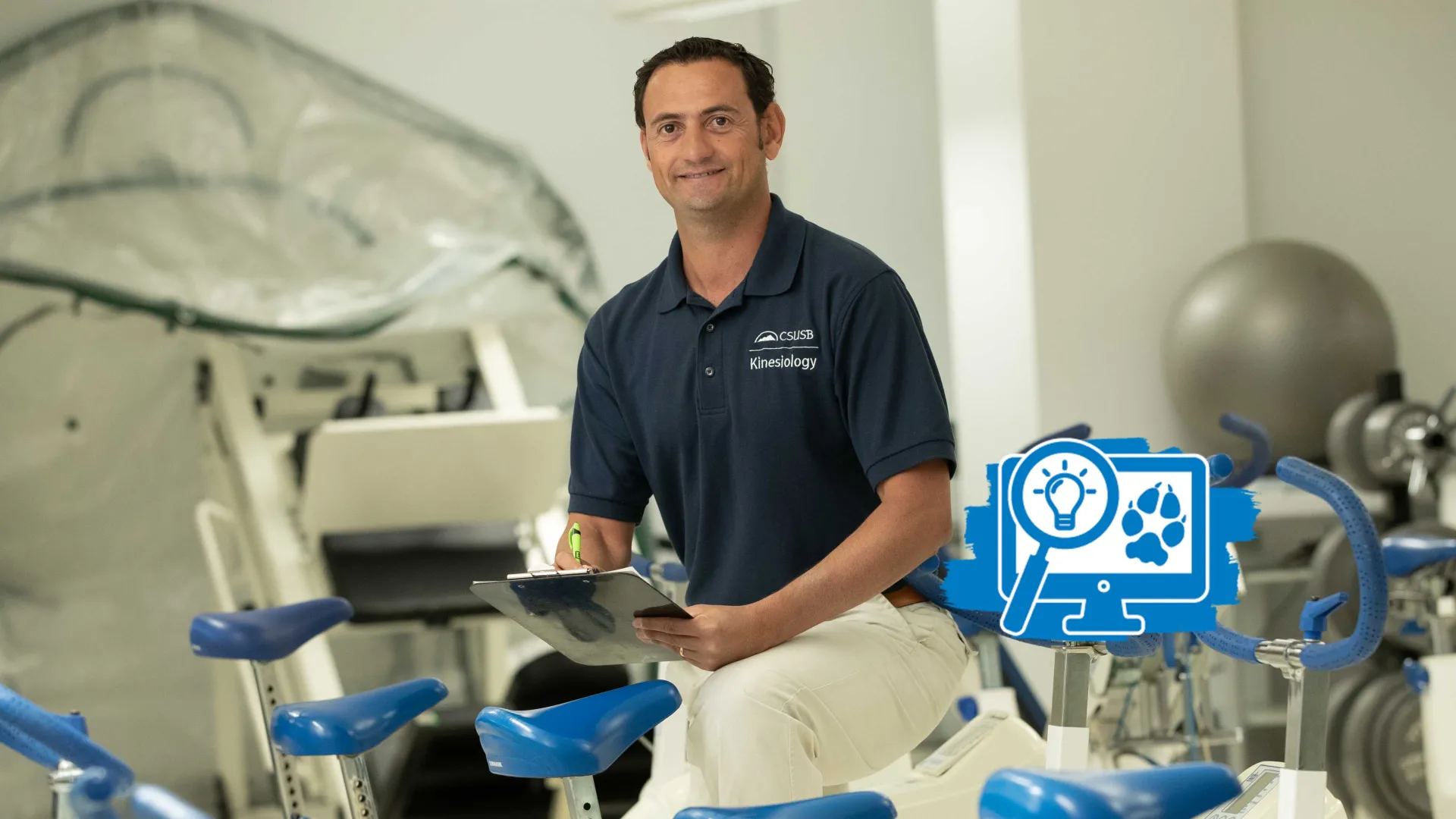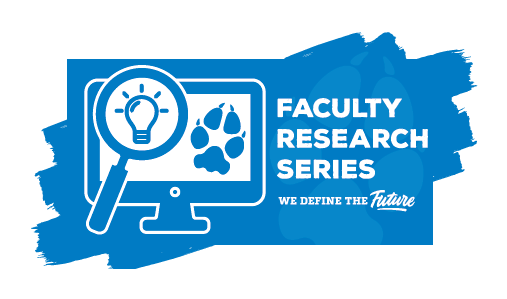Joe Gutierrez | CSUSB Office of Strategic Communication | (951) 236-4522

By Montgomery Van Wart
In 2015, an academic record was broken: an article on nuclear research had over 5,000 authors when published in Physical Review Letters. It is hard for scholars in the arts, humanities, many of the social sciences, education, and business to fully understand this trend, and it is mystifying to the non-academics.

Some of the reasons for higher average authors in the sciences include the increasing demands of science for incredible levels of precision, the intensity of gathering data sets, the need for different types of contributors, and the expense of technology (the referenced article used the one-of-a kind, general-purpose particle detector at the Large Hadron Collider at CERN in Switzerland), among others. Articles in the physical sciences typically have 39 authors, nine in chemistry and earth science, three in the social sciences and economics, but only 1.1 in philosophy!
Wagner Prado (whose first name is pronounced like the composer with a “V”) is an excellent example of the team approach to science. He is a faculty member in kinesiology whose primary research interest is childhood obesity. He has published approximately 80 articles in the last 14 years, and has about 2,300 Google citations. The range of authors in recent years is three to seven. He is a member of approximately six teams and has never published sole-authored pieces. So as a researcher, he is never lonely!
Prado’s research is a good example of the need for different experts and practitioners in nutrition, medicine/health, psychology, and exercise science (kinesiology). In putting together his studies, he points to four main functions, generally utilizing the talents and resources of the contributors.
First, there is the research idea along with the study protocol. (What different types of exercise do to health-related outcomes and quality of life for adolescents with obesity?)
Second, the lead researchers must take substantial amounts of time to train team members to execute the protocol. (These are often practitioners who are actually gathering the data as a part of their professional practice.)
Third, there is the need for some researchers to conduct interventions; often these must be different researchers to reduce the threat of bias.
Finally, some researchers are responsible for the detailed analysis and write up of the article. In Prado’s case now, as a senior researcher, he generally focuses on idea generation as well as analysis and the write-up.
Of course the question arises, who gets the credit and how do those contributing relatively equally split up the recognition? In kinesiology, other academics normally acknowledge the first authors most, second and last authors next, and all others with the same lesser weight. Some recognition is also given to the corresponding author, who is generally first or last author. Sometimes a senior scholar who is idea generator will automatically be first, but frequently doctoral advisors and senior scholars will step back in order to allow protégés and junction scholars advance in their careers.
In Prado’s case, he is less concerned about his acknowledgment by author order than he is with being corresponding author so that he can ensure the integrated response of his team in the publishing process.
When asked about the advantages of doing team-based science in his area, he notes, “It would be impossible to do my research without an array of experts and personnel in the field, so I have no choice!” He adds that it is highly stimulating to work with a variety of team members with different areas of expertise and talents. But he also admits the diversity of members also provide many challenges he faces: Different perspectives on what the goals should be, egos, and ample opportunities for communication glitches and breakdowns.
Prado has some great tips for those interested in pursuing team-based research.
To begin with, he says, “Find a topic that really motivates you.” He knows that his research on adolescent obesity makes a difference in young people’s lives, so it inspires him. Secondly, he says it is important to be results-oriented so that projects do not meander and get lost in endless meetings.
Additionally, he cautions that it is important to exercise consistent effort, because delays not only slow progress but always increase the total effort required. This is also important in selecting team members who “move at the same pace.” Finally, he says you need to “find trustworthy people with scientific integrity.” Some of Prado’s partners at CSUSB include professors Neal Malik and Bryan Haddock.
When asked what his greatest joy was in team research, I noticed someone walk up behind him on the Zoom camera. “Working with my wife. We met in graduate school and we have been a team ever since.” Her pat on his shoulder confirmed that he had given the correct answer to my question.